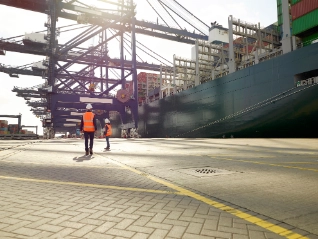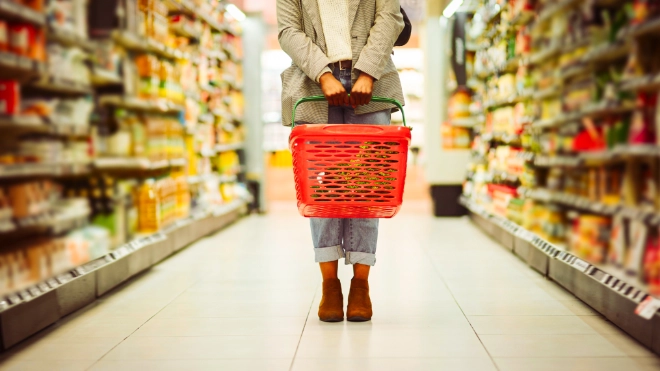
Publicaciones

Reportes

Recursos

Casos de éxito

Testimonios
La última amenaza arancelaria del presidente de EE. UU. expone la interdependencia armada que se ha...


Navegando el riesgo de pagos globales en un año de aumento de insolvencias y cambios en el...

Nuestra actualización del Mapa de Riesgos del tercer trimestre de...

La Organización de Cooperación de Shanghái presentó una visión económica y política alternativa para el mundo, pero los...

El presidente prometió el regreso de millones de empleos en fábricas, pero el aumento de las promesas de inversión oculta una...

100 años gestionando riesgos, adquiriendo conocimientos y generando confianza.

Si bien el acuerdo supone un suspiro de alivio, los detalles sin resolver y...
Ver 7 de 52
Las empresas farmacéuticas de todo el mundo están revisando sus estrategias operativas...


Se prevé una desaceleración del crecimiento de la producción química en 2025/2026 debido a los aranceles...

Las tensiones comerciales provocan un aumento de las insolvencias

Nuestra encuesta a empresas de Canadá, México y Estados Unidos revela que, aunque el uso del crédito comercial está...

Respuesta empresarial estadounidense ante los cambios en las políticas comerciales

En busca de refugios seguros en una región dividida

Las tarifas y la incertidumbre asociada están causando un gran impacto negativo.
Ver 7 de 151
Esta guía cubre los pasos clave para fortalecer la gestión de crédito, reducir el riesgo y proteger el flujo de caja.


Having a credit management system that operates seamlessly with the rest of your business is...

En una economía global interconectada y volátil, la caída de las exportaciones es más que una...

Las perturbaciones mundiales pueden afectar gravemente al flujo de caja. El seguro de crédito ayuda a las empresas a mantener su...

Muchas empresas subestiman el verdadero impacto de la evaluación del riesgo crediticio del comprador. Este descuido puede erosionar...

La planificación de la resiliencia puede marcar la diferencia entre el crecimiento...

La letra de cambio ha dado forma al comercio mundial durante siglos. Si bien funciona...
Ver 7 de 25
Cada cliente es un riesgo potencial. Cuanto más grande y solvente sea, mayor será el riesgo. En enero de 2023, Brasil fue...



With the backing of Atradius’s resources, EnCom Polymers has been able to expand business with existing customers and go...

BVV GmbH grew internationally and recognised risks such as companies on the brink of insolvency in plenty of time to mitigate the...

Atradius Surety has enabled Vinci Construction France to expand their sources of finance beyond their...

How we are part of Continental Banden Groep B.V.'s business process, minimising risk and supporting sales

Ben Green, President and Owner at Metalco Incorporated in Chicago, Illinois, explains how Atradius Trade Credit Insurance has helped him secure new...
Omron has achieved sustainable growth while navigating the uncertainties of China-US trade relations and regional manufacturing transformation.


FERM (International) offers competitive payment terms and limits their credit risk to developing countries by using Atradius Dutch State Business (DSB) and...

El Ganso credits our support in helping the fashion brand grow from a domestic-focused Spanish startup to a successful international business.

By providing open dialogue, insight and valuable credit information we helped Brook Green Supply improve their internal credit...

Late payers prompted content marketing agency KMOdynamoo to take out an Atradius credit insurance policy and has resulted in better debtor management.

Our agility and local knowledge of worldwide markets and buyers are key reasons why textiles business Georg Jensen Damask say they collaborate...

Janson Bridging (International) uses export credit insurance from Atradius Dutch State Business (DSB) to offer favourable credit terms to customers...
































